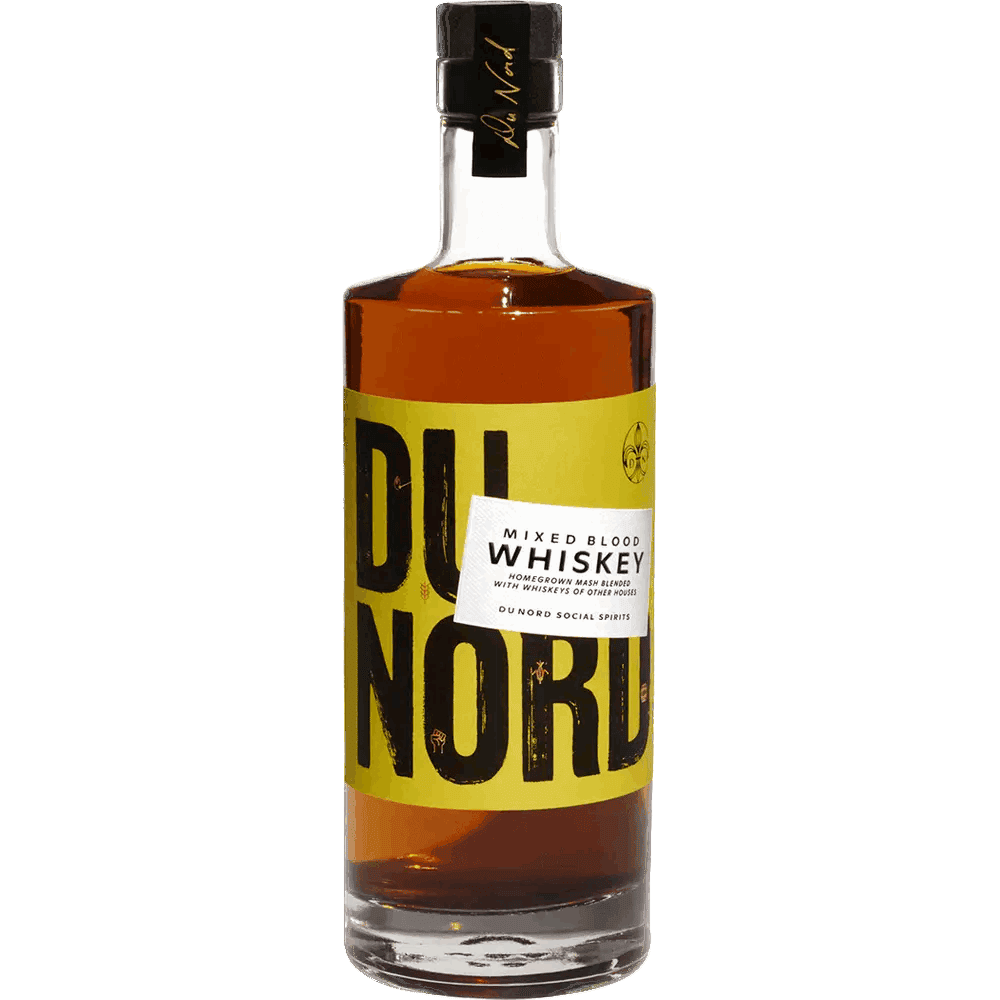
Du Nord Mixed Blood Blended Whiskey
Discover the Essence of Du Nord Mixed Blood Blended Whiskey
Indulge in the rich and complex flavors of Du Nord Mixed Blood Blended Whiskey, a distinctive blend that embodies the spirit of Minnesota. This exceptional whiskey is crafted from Du Nord's Longfellow high-rye straight bourbon, expertly combined with a selection of sourced whiskeys that enhance its unique profile.
Key Features:
- Authentic Craftsmanship: Handcrafted in Minnesota, showcasing the artistry of local distillers.
- High-Rye Blend: The high-rye mash offers a bold spice character, complemented perfectly by the selected sourced whiskeys.
- Versatile Enjoyment: Perfect for sipping neat, on the rocks, or as a base for your favorite cocktails.
- ABV of 40%: A balanced strength that allows the intricate flavors to shine through.
Health and Safety Information:
Please drink responsibly. According to California Proposition 65, drinking distilled spirits, beer, coolers, wine, and other alcoholic beverages may increase cancer risk, and during pregnancy, can cause birth defects. For more information, visit www.P65Warnings.ca.gov/alcohol.
Experience the harmonious blend of spice and smoke with Du Nord Mixed Blood Blended Whiskey – a tribute to the rich whiskey tradition and a celebration of flavor.

Explore a World of Spirits and Liquor through our Comprehensive FAQ Section.
Discover a World of Spirits and Liquor in our Helpful FAQ Section.
Types of Spirits
- Whiskey: Made from fermented grain mash and aged in wooden casks.
- Vodka: Typically distilled from grains or potatoes and known for its clear, neutral flavor.
- Rum: Produced from sugarcane byproducts like molasses or sugarcane juice.
- Tequila: Made from the blue agave plant, primarily in the area surrounding Tequila, Mexico.
- Gin: Distilled with botanicals, primarily juniper berries, giving it a distinctive flavor.
Production Process
- Fermentation: The process where yeast converts sugars into alcohol.
- Distillation: Separating alcohol from the fermented mixture to increase its concentration.
- Aging: Storing spirits in barrels to develop flavors over time.
Tasting and Pairing
- Tasting Notes: Learn to identify different aromas, flavors, and textures.
- Food Pairings: Discover which spirits complement various dishes, enhancing the dining experience.
Cocktails and Mixology
- Classic Cocktails: Recipes and techniques for making popular drinks like the Old Fashioned, Martini, and Mojito.
- Mixology Tips: How to balance flavors and create your own cocktail recipes.
History and Culture
Origins: The historical background of different spirits.
Cultural Significance: How spirits are enjoyed and celebrated around the world.

